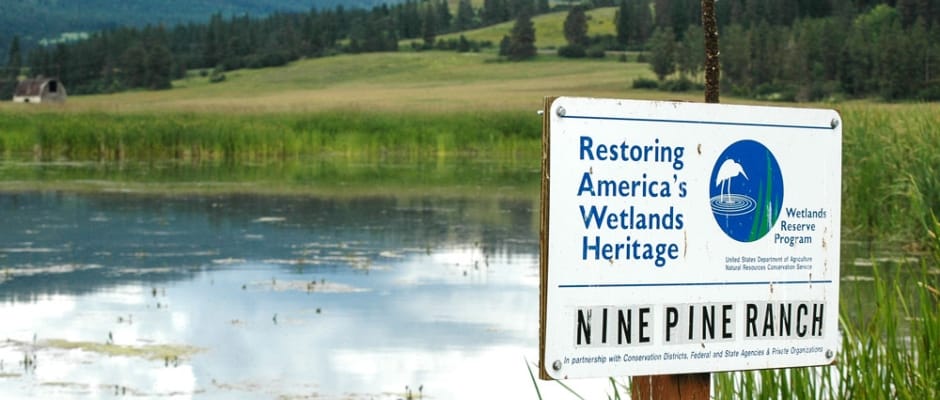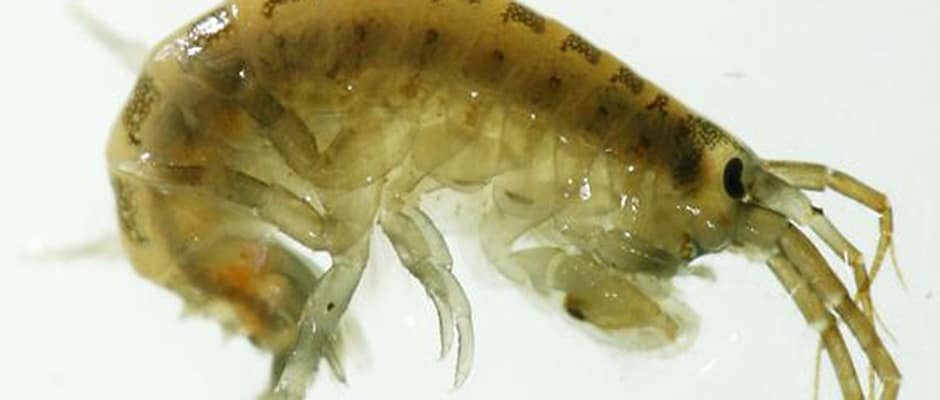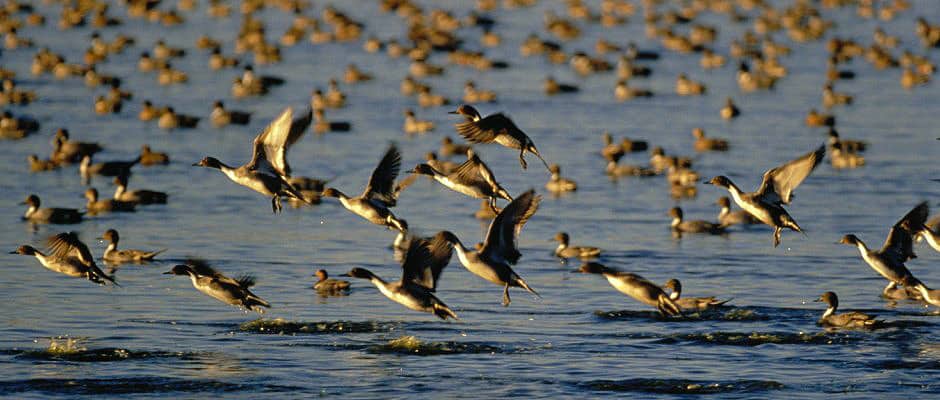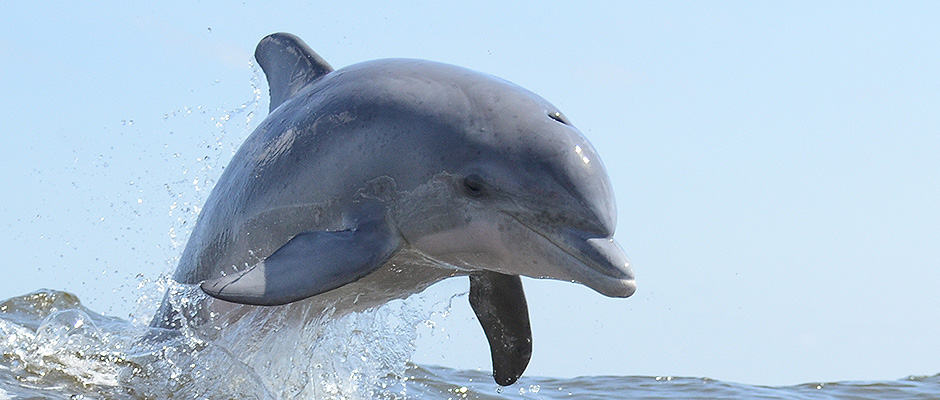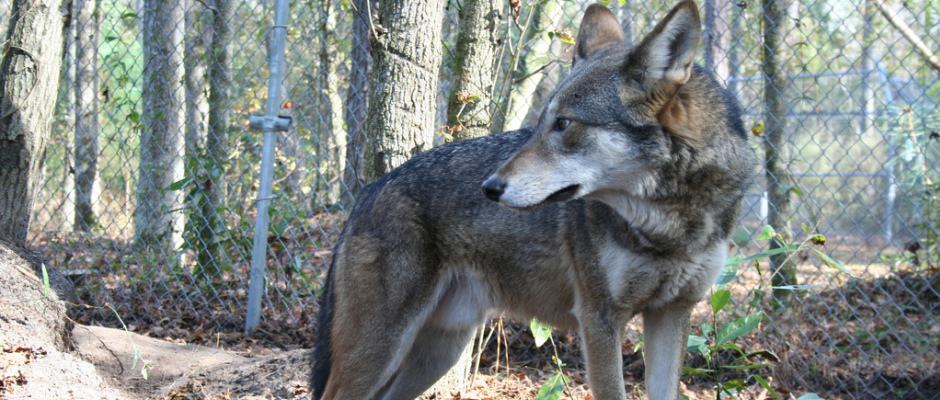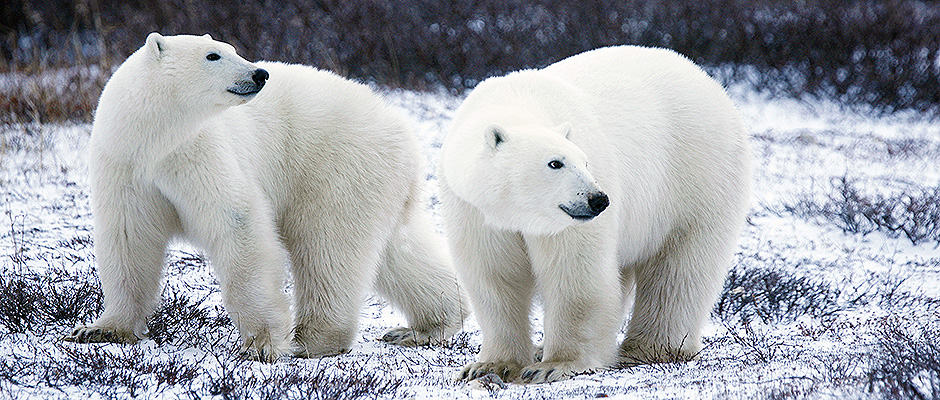
The Wildlife Society’s Annual Conference offers numerous opportunities for students to expand their knowledge and to network with professionals from across the world. One of the best ways for students to learn, and to teach, is by presenting their research in a professional atmosphere. Under the direction of the Student Development Working Group, TWS members are recruited to judge the student presentations and posters throughout the week. The winners for 2014 included 7 first place winners and 11 honorable mentions in the PhD, graduate and undergraduate student categories.
“As scientists, our research should tell a story,” said Andrea Long, a PhD candidate at the University of Florida. “The most important component of a presentation is confidence and enthusiasm in what you have done as a researcher. Express this confidence and excitement throughout your story and the audience will emulate the same.”
Andrea tied for first place for her presentation on “Population Level Effects of Invasive Fire Ants on Cotton Rats and Eastern Fence Lizards.”
As with any contest, it is important that the material captures the eyes of the judges. Paul Burr, a graduate student at the University of North Dakota, won first place for his presentation on “Impacts of Gas and Oil Development on Sharp-tailed Grouse Nest Success in Western North Dakota.” He was fortunate to be able to capture video footage of unique and interesting sharp-tailed grouse nesting moments.
“These video clips are always well received among the audience and gives people the chance to directly observe some amazing events,” said Paul.
Matt Dyson, a Masters student at Western University in Canada, won first place for his poster on the “Survival, habitat use, and movement patterns of female wood ducks and broods at Long Point, Ontario.”
“My research involved trapping, and tracking, ducks, which meant eye-catching photos,” Dyson said. I think my research is also fairly simple to explain, in terms of the value to management and conservation, so the message was [easy to convey].”
Toryn Schafer’s advice is to practice and, most importantly, practice in front of people in the wildlife field.
“I felt they gave me the best advice because they could understand the research and ask difficult questions,” she said.
Toryn presented on “Black Bear Den Characteristics and Site Selection Near Urban Aspen, Colorado”, which won first place in the undergraduate category. She is currently studying at Colorado State University.
This year’s winners had lots of great advice for future student research presenters.
“Effective communication is key to promoting your research. It is important for students to practice presenting their posters in a clear, succinct, and engaging manner,” said Abby Lawson, a PhD student at Clemson University.
Abby’s poster, “Optimizing alligator nightlight survey designs for complex habitat: evaluating seasonal variation in abundance and detectability in South Carolina”, won first place in the PhD category.
Remington Moll, a PhD student at Michigan State University, tied for first place for his presentation on the “Development and Evaluation of a Terrestrial Animal-borne Video System for Large Mammals”. He also feels that a presentation should emulate a narrative.
“Focus on storytelling – each presentation should have an interesting beginning, a relevant middle section, and a conclusion that is compelling and moves the field forward,” he said.
The Wildlife Society thanks all of the students who presented research during the conference and congratulates this year’s winners.
Presentation Winners:
- PhD Students:
- Andrea Long, First Place (tie)
- Remington Moll, First Place (tie)
- James Garabedian, Honorable Mention
- Graduate Students:
- Paul Burr, First Place
- Sarah Sells, Honorable Mention
- Jacob Berl, Honorable Mention
- Undergraduate Students:
- Toryn Shafer, First Place
- Kaya Klop-Toker, Honorable Mention
- Brian Smith, Honorable Mention
Poster Winners:
- PhD Students:
- Abby Lawson, First Place
- Michael Cove, Honorable Mention
- Maggi Sliwinski, Honorable Mention
- Graduate Students:
- Matt Dyson, First Place
- Andrew Olsen, Honorable Mention
- Cory Goff, Honorable Mention
- Undergraduate students:
- Leila Mohsenian, First Place
- Hailey Boone, Honorable Mention
- Austin Klais, Honorable Mention





